StereoOutlet...

www.SanDiegoStereo.com, has been created more than 14 years ago, and not only represents the major players in this industry but has a raving custom install team:
We are driven to give you Pure Sound enjoyment


www.SanDiegoStereo.com, has been created more than 14 years ago, and not only represents the major players in this industry but has a raving custom install team:
We are driven to give you Pure Sound enjoyment

driven to give pure sound enjoyment

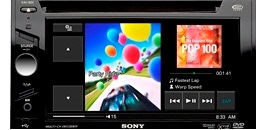 |
Please visit our showroom, and in the comfort of our armchairs, let us explain the sound quality and the features of the audio equipment which are right for your ears, your car and your budget. |
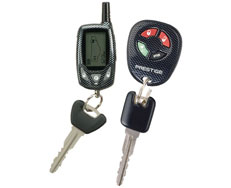 |
Protecting yourself and your family, as well as your vehicle and your car stereo are all excellent reasons to invest in a car security system. Additionally, most insurance companies offer lowered rates for vehicles equipped with an alarm — it'll pay for itself. A good security system not only makes your car more difficult to steal, it also makes it easier to live with. The small remote control that you carry with your keys lets you arm and disarm the alarm, lock and unlock your doors, and maybe even zap open your trunk. How's that for convenience? |
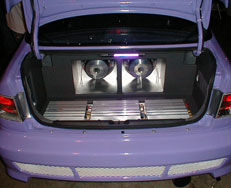 |
Enjoy powerful, accurate bass in your vehicle with today's component subwoofers. Drop a sub into a compatible enclosure, power it with a suitable amplifier, and listen to the music take on a whole new dimension in your vehicle.Powered Subwoofers models combine a matched subwoofer and amplifier in a compatible enclosure. You'll find powered subwoofers in a variety of sizes, from compact under-the-seat models to larger boxes for trunk or hatchback areas. |
 |
Thomas Brother's maps is Passe, Google Maps is Passe: The Global Positioning System (GPS) is a space-based global navigation satellite system that provides reliable location and time information in all weather and at all times and anywhere on or near the Earth when and where there is an unobstructed line of sight to four or more GPS satellites. It is maintained by the United States government and is freely accessible by anyone with a GPS receiver. GPS was created and realized by the U.S. Department of Defense (DOD) and was originally run with 24 satellites. It was established in 1973 to overcome the limitations of previous navigation systems. |
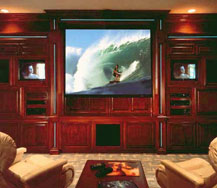 |
Home audio, essentially, refers to any audio electronics intended for home use, such as shelf stereos and surround sound receivers, which are becoming the most popular piece of home audio equipment. Home audio generally does not include such standard equipment such as built-in television speakers, but rather accessory equipment, which may be intended to enhance or replace standard equipment, such as standard TV speakers. Since surround sound receivers, which are primarily intended to enhance the reproduction of a movie, are the most popular home audio device, the primary field of home audio is home cinema. |
 |
Our newest service is to let you shop for the best audio equipment while your car is being serviced, rapidly, by authorized technician. |
 |
Satellite radio is an analogue or digital radio signal that is carried by a geostationary satellite and thus can be received in a much wider geographical range than terrestrial FM radio stations. While in Europe many FM radio stations provide an additional unencrypted satellite feed, there are also subscription based digital packages of numerous channels that do not broadcast terrestrially, notably in the US. In Europe, FM radio is used by many suppliers that use a network of several local FM repeaters to broadcast a single programme to a large area, usually a whole nation. Many of those have an additional satellite signal that can be heard in many parts of the continent. In contrast, US terrestrial stations are always local and each of them has a unique programme, albeit they are sometimes interconnected for syndicated contents; but each local station still carries its own commercial and news breaks even then. This means that a national distribution of the contents of original terrestrial stations via satellite makes no real sense in the US, wherefore satellite radio is used in a different way there. |
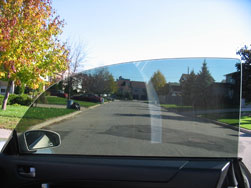 |
Heat rejection films are normally applied to the interior of flat glass windows to reduce the amount of infrared, visible light, and ultraviolet (UV) radiation entering windows. Such films are either dyed or metalized (which can be transparent to visible light) to convert incoming solar radiation to infrared radiation, which is then rejected back through the glass to the exterior. They usually cost 10-15 percent more than regular windows but can reduce energy loss by as much as 30-50 percent." To keep the sun's heat out of the house, a low-emissivity coating should be applied to the outside pane of glazed windows. If the windows are designed to provide heat energy in the winter and keep heat inside the house (typical of cold climates), the low-emissivity coating should be applied to the inside pane of glazed windows. |